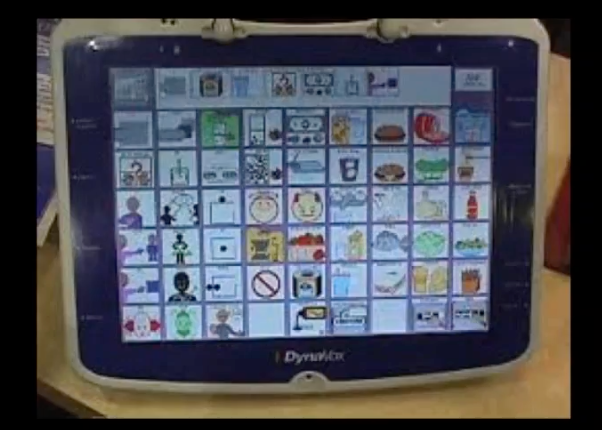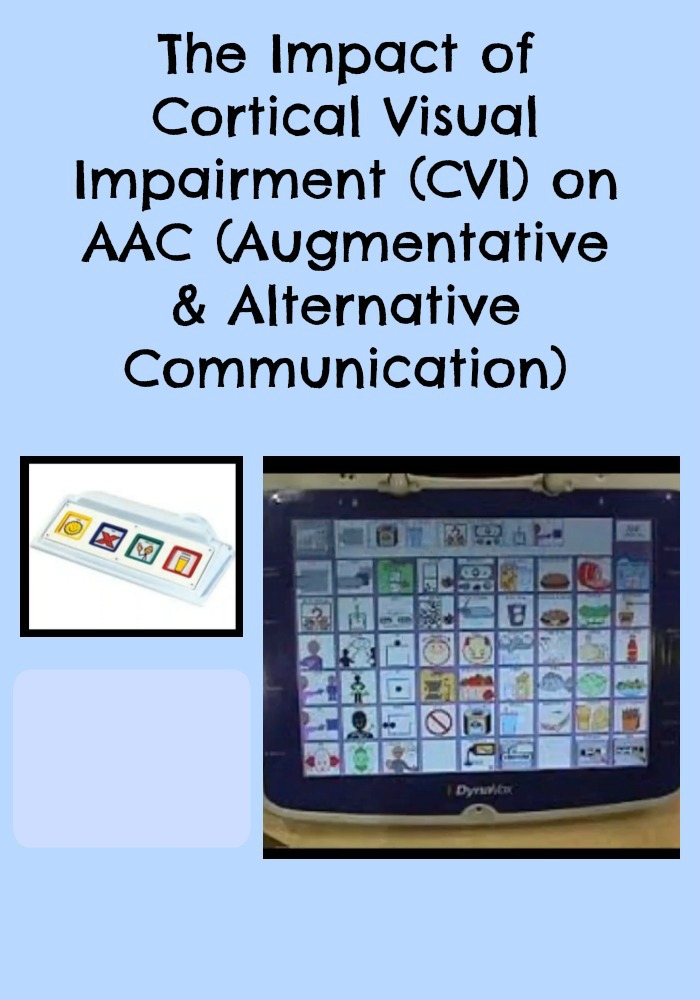The Impact of CVI on the Use of AAC
Submitted by Charlotte Cushman on Oct 30, 2017

Presented by Dr. Christine Roman-Lantzy, this webinar from the International Society for Augmentative and Alternative Communication (ISAAC) focuses on people in the AAC (Augmentative and Alternative Communication) community who are at risk for cortical visual impairment (CVI). CVI is the largest cause of visual impairment in children. Because vision plays a key role in the development of language & communication, and because AAC approaches depend so heavily on vision, family members and AAC providers need to know about CVI. This webinar will increase awareness & provide strategies for assessing and planning interventions for individuals with CVI.


Webinar Objectives:
Participants will learn:
- Discuss when to refer individuals for a CVI assessment based on (1) diagnosis, (2) interpretation of ophthalmologist report, (3) behavioral characteristics of CVI.
- List at least two tools /resources that can address vision while supporting language/communication/other developmental areas concurrently, and do so across clinical everyday environments.
- Consider the key roles family members, SLPs, teachers, OTs and other providers play in optimizing access to language, learning and communication for children with CVI.
Presenter Bio:
Dr. Christine Roman-Lantzy, Ph.D. is a world leader in furthering understanding, assessment, and intervention strategies for individuals with Cortical Vision Impairment (CVI). She created the widely used CVI Range - a functional vision assessment tool. Dr. Roman Lantzy lectures internationally regarding CVI educational materials and strategies. She remains clinically active, working closely with children with CVI and their families. She has degrees in Elementary Education and Special Education/Visual Impairment, with a Ph.D. from the University of Pittsburgh. Her research has demonstrated that the caregivers of infants are able to reliably report the presence or absence of characteristics of CVI. She has revised her book, Cortical Visual Impairment: An Approach to Assessment and Intervention.


Comments
AAC